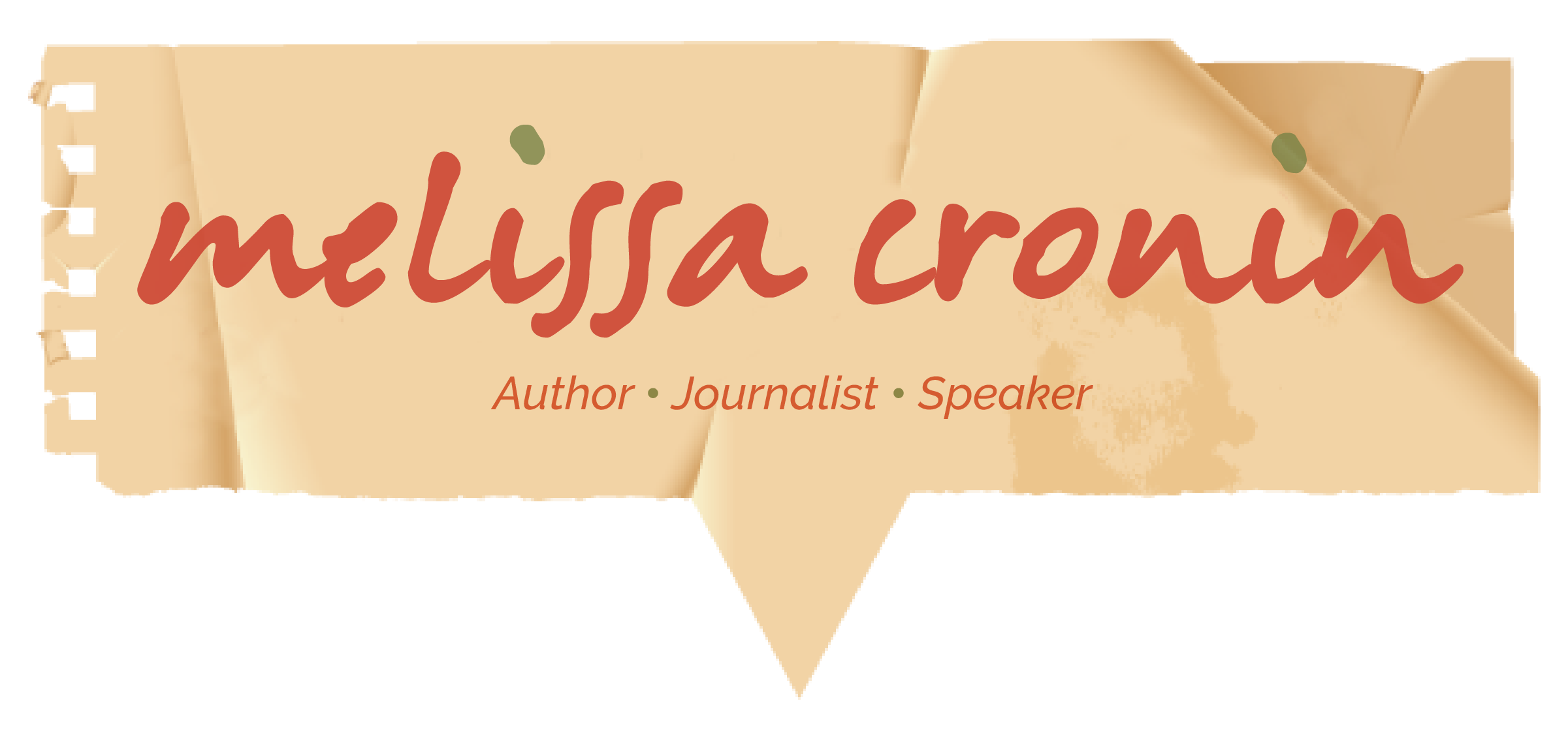Being Mortal by Atul Gawande
Most of us avoid talking about death. The topic is not, well, the most pleasant one to address because, inevitably, it means a discussion about what happens before we breathe our last breath. Dying. That’s the part of the conversation where you say, “I hope I go in my sleep,” or “I hope it’s quick and painless.”
Since we can’t run away from dying or lock it up in a closet – sorry – I thought I’d share what Atul Gawande has to say about it in his latest book, Being Mortal. He takes an anxiety-producing topic and fearlessly broaches it through mind-boggling research and affecting stories. Though, I should warn you, the book is not emotionally easy to read. The stories come one after another: Alice’s frequent falls and car accident, Bella’s descent into blindness, Ruth’s stroke, Sarah’s lung cancer.
For much of history, death just happened. People literally dropped dead: you had a sore throat, and the next day you died. Our bodies didn’t “crumble” over time like they do now, thanks to advances in medical technology (28). We have antibiotics, breathing machines, intravenous fluids, dialysis, chemotherapy. There is always one more drug, one more experimental therapy a physician can pull out of the medicine cabinet to keep you alive, even if it’s only for a few more weeks. Physicians, especially surgeons like Gawande, are trained to fix people. But, in doing so, are we causing more harm than good? Are we denying the aged, and terminally ill, sought after comfort?
But some people are willing to do anything – surgery, take pills – with the hope of maintaining independence, but, as Gawande says, “what do we do when it can no longer be sustained (23)?” Perhaps your parent has have lived on her own for the past fifty years, tending the garden, walking the dog, driving to the grocery store, and so on. But now, due to poor balance and a broken hip (FYI: about 350,00 Americans fall and break a hip every year), she can no longer engage in any of those activities. She can no longer safely cook her own meals or walk to the bathroom. She needs someone to be with her, 24/7. How do we keep the aging population safe while, at the same time, foster their independence? Who will be the one to care for our frail grandparents, parents, or spouses? These are just a few of the difficult questions that lack a single-dose answer.
Through interviews with patients, his dying father, other physicians, and proponents of institutional change, Gawande, and readers, learn that the “sustenance of the soul” is possible through imagination: community co-op living, mobile teams to check in on the elderly, and greenhouse living – long-term care facilities designed to look like a home (128). He debunks the myths of hospice – to do nothing and “let nature take its course (160).” If anything, hospice allows the aged and ill to live a bit longer in their own homes by fostering patient dignity and autonomy.
How all of this comes to fruition may not sound so simple, but Gawande guides us, with a cheat-sheet of questions to ask those who are dying:
1) What do you understand about your illness, or prognosis?
2) What are your fears? Goals?
3) What do you care about?
4) Given the circumstances, what trade-offs are you willing to make?
5) If your health deteriorates, how would you like to spend your time, and whom do you want to make decisions for you?
Medicine is not only about repairing people’s hearts or fixing their broken bones. It’s about maintaining an individual’s well being, emotionally and mentally. It’s about helping human beings live meaningfully by encouraging them to be the author’s of their own lives, up until the very last sentence.
Gawande, Atul. Being Mortal. New York: Metropolitan Books. 2014. Print.


Recent Comments